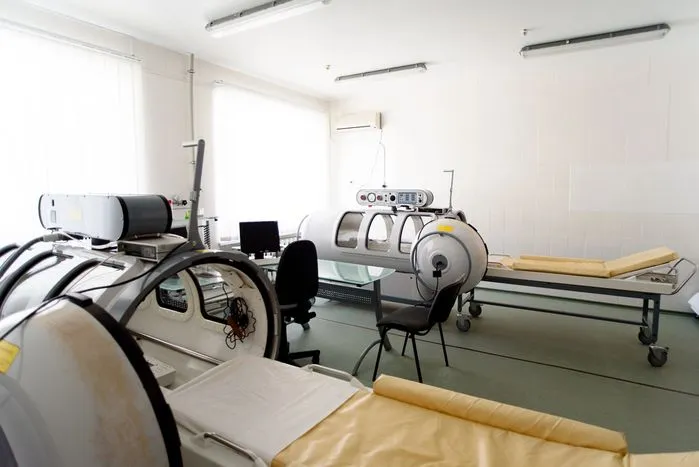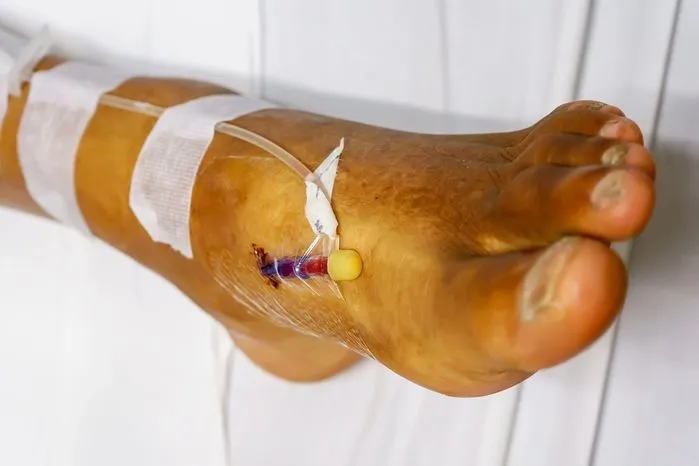June marked Wound Healing Awareness Month, a time dedicated to educating the public about chronic wounds and honoring the millions of individuals silently battling them. Behind the numbers are real people whose lives have been physically, emotionally, and socially impacted by wounds that don’t just go away with time. This important observance, supported by organizations like The Alliance of Wound Care Stakeholders and the American Board of Wound Management (ABWM), spotlights the patients living with chronic, non-healing wounds and the medical professionals who help transform their lives through expert care. It’s also a reminder of the human stories behind every wound.
We use this moment to share what really matters: the daily realities, midnight worries, and quiet resilience of those living with wounds that affect more than just skin. It’s a chance to recognize the dedicated healthcare professionals, wound care specialists, nurses, and caregivers who make healing possible. This isn’t just about awareness. It’s about your story and how healing can happen with the right support, tools, and care.
When Healing Becomes a Full-time Job
Every morning starts the same way. You wake up, and for just a moment, you forget. Then reality hits. That frustrating wound is still there, causing problems and controlling your day.
What began as a minor injury has morphed into something that dictates your schedule, mood, and plans. This is the reality for countless individuals dealing with wounds that refuse to heal with time and basic care.
.webp)
The Silent Battles Nobody Talks About
Your World Gets Smaller
When wounds don't heal, life starts shrinking. That weekend trip gets postponed indefinitely. Grocery shopping becomes a calculated mission rather than a casual errand. Even simple pleasures like gardening or playing with your grandchildren become a source of anxiety rather than joy.
What we believe: Your world should expand, not become more limited. Wound care should open doors instead of closing them.
3 AM Worry Sessions
Sleep often becomes elusive when you're dealing with persistent wounds. Questions worsen in the darkness: “Is that drainage color normal?” “Should I be concerned about this smell?” “Will this wound ever heal?” These midnight anxiety spirals affect you and everyone who cares about you.
Our approach: Knowledge removes fear. When you understand what's happening and have expert treatment and guidance, those 3 am worries become manageable with clear solutions.
Wounds Take An Emotional Toll
Wounds that linger carry psychological weight that medical books rarely address. Shame creeps in when bandages need frequent changing in public. Confidence erodes with each failed attempt at healing. Connections weaken when you feel too self-conscious to engage with others normally.
What we've learned: Emotional healing usually parallels physical healing. Addressing both is important and creates the best outcomes.
Family members and caregivers are human and face unique challenges. They want desperately to help but feel overwhelmed by medical terminology, complex care instructions, and the constant worry about doing something wrong. They become schedulers, researchers, and your full-time advocates, roles they never expected to fill.
Our commitment: Supporting your support system. More educated families create better healing environments.
.webp)
The Questions That Matter Most
Instead of asking “What's wrong with this wound?” we ask “What's this wound preventing you from doing?” The difference is everything.
Maybe it's:
- Dancing at your daughter's wedding
- Taking those hiking trips you've always loved
- Playing on the floor with your children
- Feeling confident in intimate relationships
- Simply walking without wincing in pain
Ending the Cycle of Failed Attempts
If you've tried multiple approaches without success, you might think: "Nothing works for me." We understand that frustration.
Sometimes, you just need different methods or a fresh perspective to see the complete picture. Wounds that resist standard treatment often have underlying factors that require specialized identification and treatment protocols.
Our proprietary app, RITA (Rapid Imaging Technical Assistant), allows Wound Pros Clinicians to approach your wound treatment in ways that weren't possible before. Instead of guessing what's happening, we measure your wound's size and healing progress and adjust treatment protocols accordingly.
Similarly, advanced skin substitutes represent a revolutionary approach for wounds that have “forgotten” how to heal. These sophisticated biological materials teach your body how to rebuild healthy tissue by providing the scaffolding and growth factors your wound needs. They give your body the construction materials needed to complete a project it started but couldn't finish independently.
These proven technologies have helped countless patients break free from the cycle of failed healing attempts.
.webp)
Hope Looks Different for Everyone
If this resonates with your experience, know that you're not destined to accept chronic wounds as your new normal. Effective treatment exists, hope is justified, and improvement is possible.
For some, hope is returning to work without pain. For others, it's sleeping through the night or planning a vacation without worrying about medical emergencies. Some simply want to stop feeling like their wound defines them.
All of these hopes are valid and achievable with the right approach.

.webp)



.avif)
